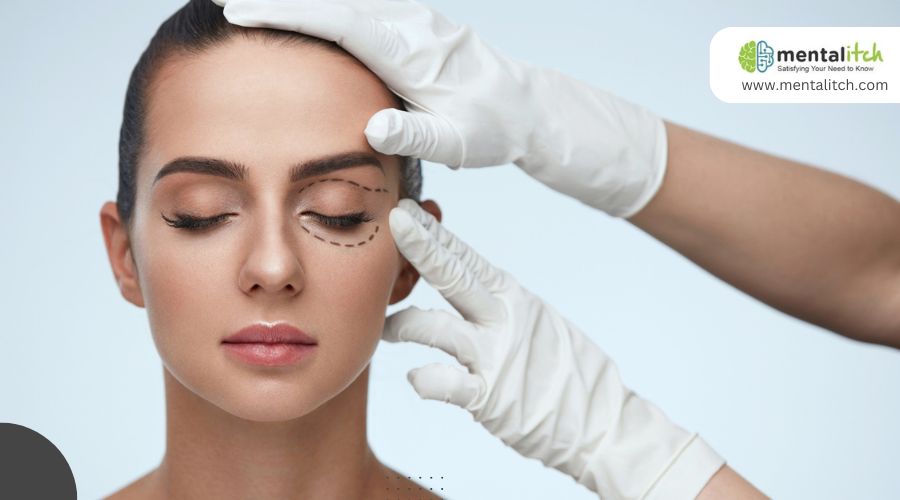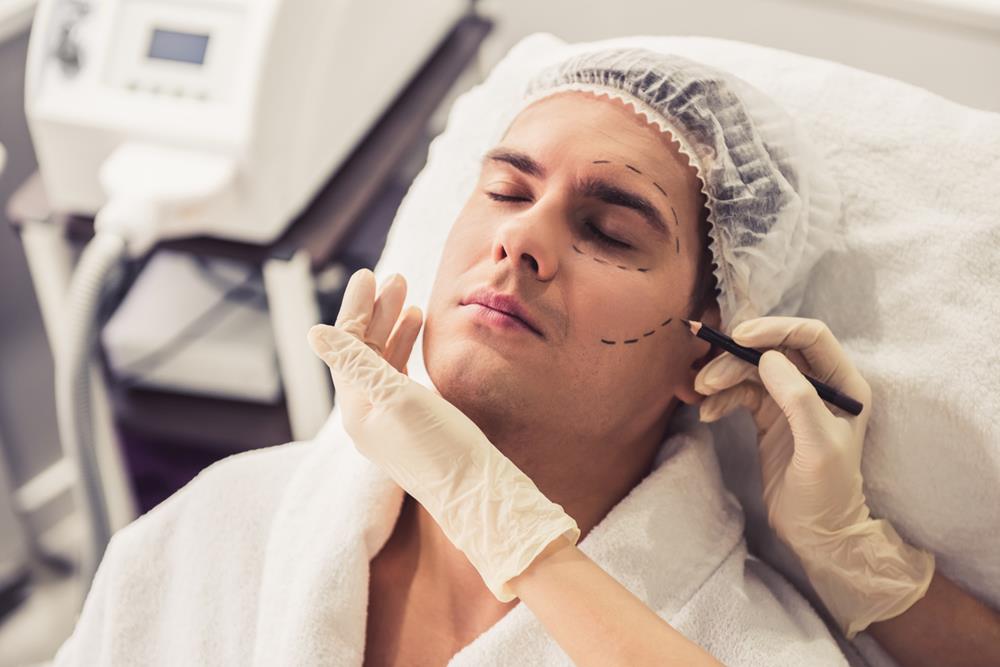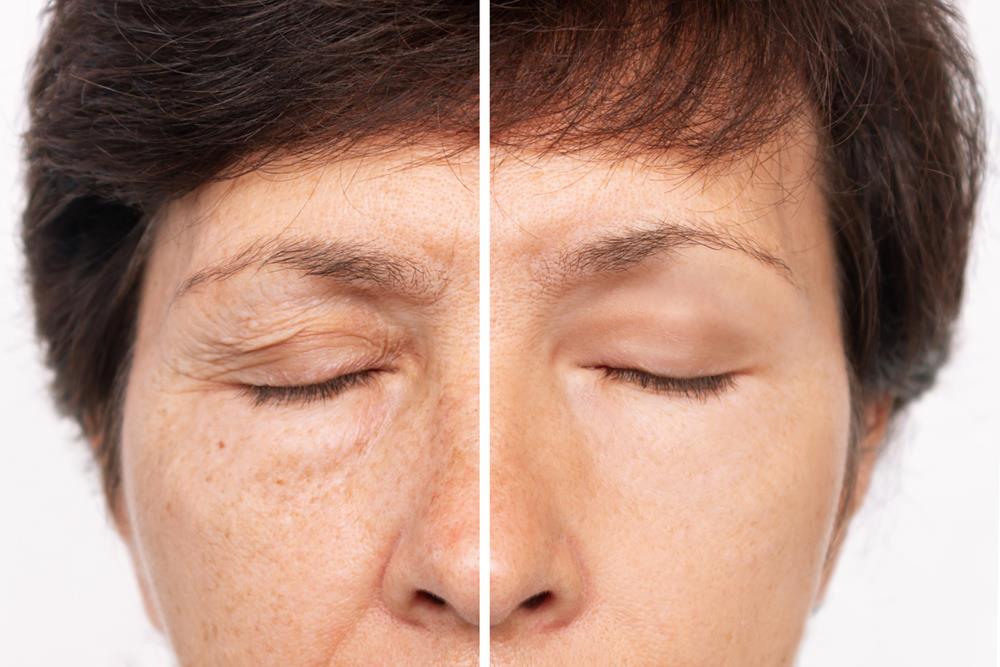For many women, the quest to find a plastic surgeon who can meet their needs and expectations involves navigating through a maze of information and options. It’s a decision that holds profound implications for both physical appearance and emotional well-being.
With the abundance of choices available, it’s essential to have clear criteria that guide this important decision. This article aims to shed light on five key strategies women can employ to ensure they select the best plastic surgeon for their unique requirements.
1. Check Board Certification
When selecting a plastic surgeon, verifying their board certification is paramount. This certification signifies that the surgeon has undergone rigorous training and examinations in plastic surgery, ensuring they meet high standards of education, knowledge, and expertise. It’s important for women to understand that not all certifications are created equal. Seeking a surgeon certified by a reputable board, such as the American Board of Plastic Surgery, offers assurance that the surgeon is well-qualified.
Board certification also indicates that the surgeon is committed to continuing education and adheres to strict ethical standards. This commitment helps ensure that they stay updated on the latest techniques and safety protocols, providing patients with the highest level of care possible.
2. Assess Experience and Specialization
The experience and specialization of a plastic surgeon are critical factors to consider. A surgeons expertise in specific procedures can greatly influence the outcome. For instance, if you’re considering a rhinoplasty, finding a surgeon who specializes in nasal surgeries and has performed many such procedures can offer confidence in their ability to deliver desirable results.
Its beneficial to discuss with potential surgeons their experience with the particular procedure you’re interested in. This discussion can give insights into their level of skill and familiarity with the latest techniques. Surgeons who specialize in certain procedures are likely to be more adept at addressing challenges and achieving consistent outcomes.
3. Evaluate Before and After Photos
Reviewing before and after photos of previous patients can provide a visual reference of a surgeons work and their ability to meet patients’ expectations. These photos can showcase the surgeon’s skill in achieving natural-looking results and their aesthetic style. When examining these photos, it’s important to look for patients who have similar physical characteristics to yours to get a realistic sense of potential outcomes.
This visual evidence can also prompt discussions about your goals and whether they align with what the surgeon can deliver. It’s an opportunity to ask about specific cases, understand the range of possible results, and set realistic expectations for your own procedure.
4. Read Patient Reviews and Testimonials
Patient reviews and testimonials offer invaluable insights into the experiences of others with the surgeon and their staff. They can highlight aspects of patient care, communication, and overall satisfaction with the results. While positive reviews can be reassuring, it’s also important to consider how a surgeon responds to less favorable feedback, as this can reveal their professionalism and commitment to patient satisfaction.
However, while reviews are helpful, they should be one of many factors considered. Personal consultations will provide a more direct understanding of the surgeon’s approach and whether you feel comfortable with their care.
5. Assess Communication and Comfort Level
A successful plastic surgery experience depends greatly on open communication and a strong rapport with your surgeon. During consultations, assess whether the surgeon listens to your concerns, understands your aesthetic goals, and explains procedures in a way that makes you feel informed and respected. A surgeon who provides personalized attention and expresses genuine interest in achieving the best possible outcome for you is invaluable.
This comfort level also extends to the entire practice, including the staff and the facility itself. Ensuring that you feel welcomed, respected, and comfortable asking questions is crucial for a positive surgery experience. Trust your instincts; if you feel uneasy or pressured, it may be worth considering other options.
Interesting Facts About Plastic Surgery
The field of plastic surgery has seen rapid advancements over the years, reflecting changes in societal attitudes and technological progress. Here, we shed light on some intriguing facts and statistics about plastic surgery, illustrating its impact and evolution.
- Global Popularity: The United States leads globally in the number of plastic surgery procedures performed, followed closely by Brazil, Japan, South Korea, and Mexico. This reflects broader cultural acceptance and the pursuit of aesthetic ideals.
- Rise in Non-Surgical Procedures: There has been a noticeable increase in non-surgical cosmetic procedures, such as Botox injections, dermal fillers, and laser hair removal, which collectively have outpaced traditional surgical procedures in growth rate.
- Demographic Shifts: Initially prevalent among women, plastic surgery has seen rising interest from men, accounting for over 15% of the total procedures performed in recent years. The most popular procedures among men include rhinoplasty (nose reshaping), liposuction, and eyelid surgery.
- Age Trends: While individuals aged 35 to 50 remain the largest demographic undergoing plastic surgery, there has been a noticeable uptick in procedures among those over 55, indicating a growing acceptance across different age groups.
- Influence of Social Media: The rise of social media and the selfie culture has significantly influenced peoples decision to undergo plastic surgery, with many seeking to enhance their appearance for online presentations.
- Reconstructive Surgery Statistics: Reconstructive surgery accounts for a substantial portion of all plastic surgery procedures, with breast reconstruction post-mastectomy being one of the most performed procedures aimed at aiding recovery from illness or trauma.
- Safety and Satisfaction: With advancements in technology and techniques, the safety of plastic surgery procedures has improved, leading to high satisfaction rates among patients. Research indicates that over 90% of individuals undergoing cosmetic surgery report positive outcomes and enhanced self-esteem.
- Economic Impact: The plastic surgery industry contributes significantly to the economy, with billions of dollars spent annually on procedures in the United States alone. This includes both direct costs of the surgeries and indirect spending on associated services and products.
- Psychological Effects: Beyond physical appearance, plastic surgery has been linked to positive psychological outcomes, such as improved mental health and decreased social anxiety, highlighting its holistic impact on patients.
- Innovations and Trends: The field continues to evolve, with trends shifting towards more natural-looking results and minimally invasive techniques. Recent innovations, like fat grafting and 3D printing for surgical planning, are setting new standards in personalized care and outcomes.
Conclusion
In conclusion, selecting the right plastic surgeon is a decision that holds profound implications for a woman’s health, well-being, and self-esteem. As the landscape of plastic surgery continues to evolve, being equipped with the right knowledge and questions will empower women to choose a surgeon who best meets their needs, ensuring they go through this transformative journey with confidence and peace of mind.




